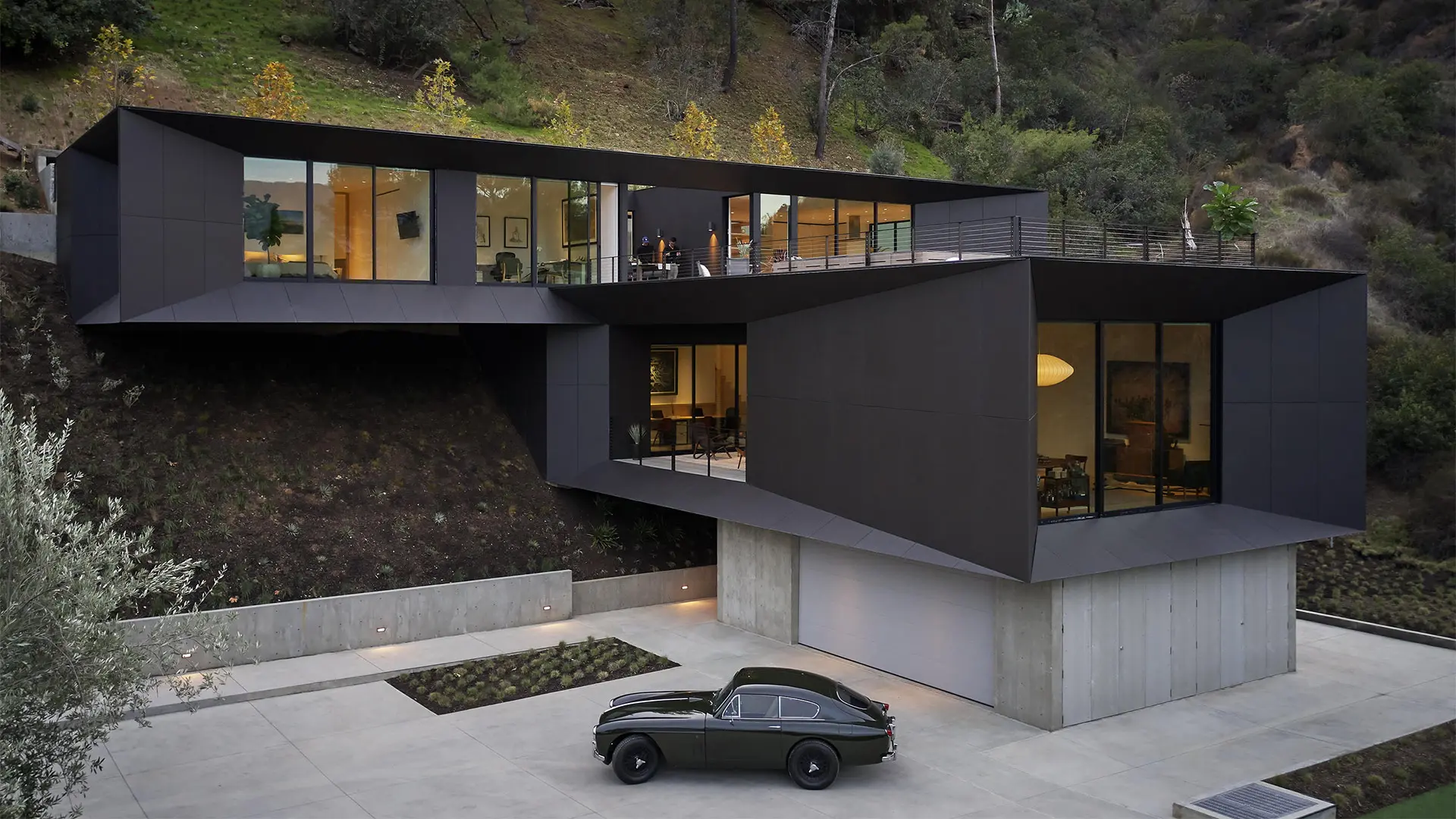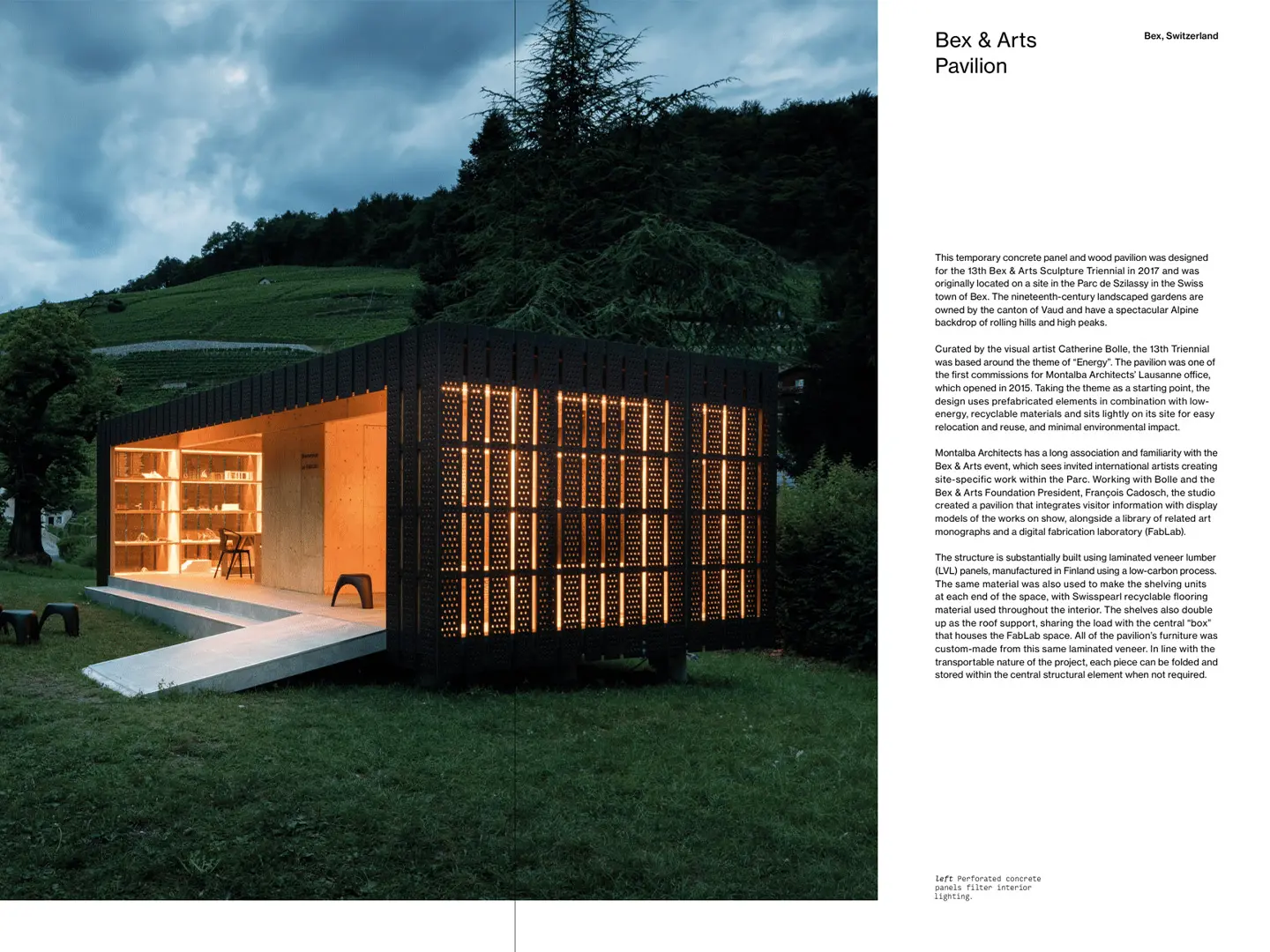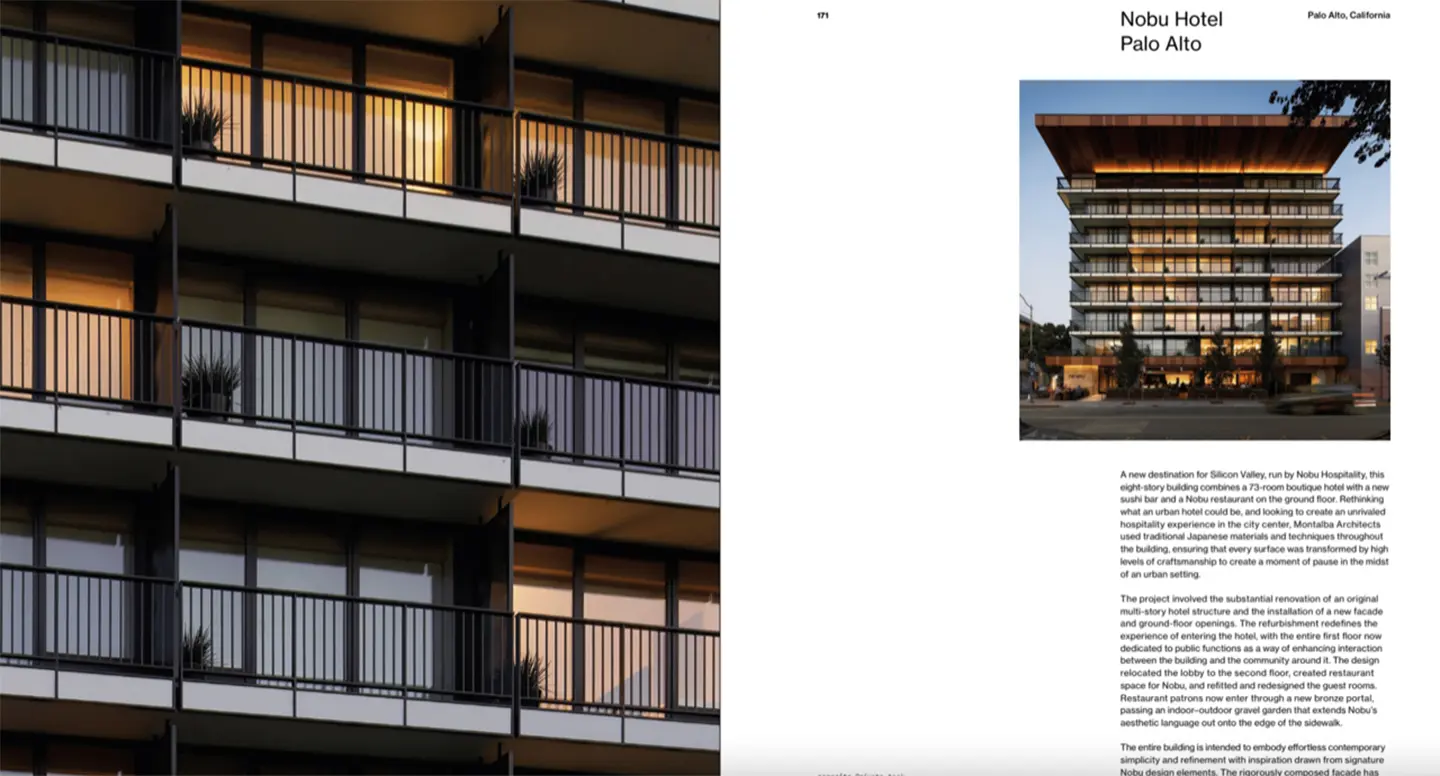From BIG to David Chipperfield, Frank Gehry to Snøhetta: a world tour of the best buildings set to open in 2026
Finding a sense of place and space in Montalba’s first conceptual book

LR2 House, Montalba Architects, photo courtesy
The California- and Switzerland-based studio Montalba Architects launches its first conceptual book, a journey through the key works exploiting the intersection between ‘the analytic and the inspirational’
Through drawings, floorplans and finished photography, Place and Space, a conceptual book edited by Artifice Press, showcases the scale and breadth of work completed by the international firm Montalba Architects since its conception nearly two decades ago.
Founded in 2004 by David Montalba, the studio spans projects in residential, commercial, hospitality, institutional and retail architecture while all following Montalba’s strict motto of ‘paring down’, reducing stylistic elements to their fundamental essence.
“Design has always been the intersection of the analytic and the inspirational. Some of it is planned and some of it is pure gut instinct. I focus on principles of design rather than a style—ideas of natural light, texture, materiality, humanism, and being sensitive to one’s context and place in the built environment are expressed,” Montalba explains.

Place and Space book cover, Montalba Architects, Artefice Press, photo courtesy
Exploring the firm’s dual approach to design, on one side the calm precision of Swiss architectural practice and on the other the radical experimentation of 1970s California, this new book features many of Montalba Architects key projects, alongside essays by architects Larry Scarpa and Jonathan Bell.
“For us, it is about being thoughtful and calculated, and understanding the place and the parameters, and then coming up with creative ideas. By combining those traditions, we are creating an architecture that is rooted in place, emotionally centered, and still truly contemporary,” says Montalba.
Among the most unforgettable works included in the book are the multi-award-winning Santa Monica Headquarters for Headspace, The Row’s iconic retail flagship on Melrose Place and innovative residential projects like 2020’s Vertical Courtyard House. Each project’s story is presented in relation to the firm’s philosophies, including images by photographers among the likes of Kevin Scott, Dominique Verllion and Delphine Burtin.
As Larry Scarpa puts it in his foreword: “Montalba’s fusion of light and shadow is synthesized with a simple, yet rich material palette to create spaces that are refreshing and comforting; pulling things back until all that is left is beautiful space, light, and material.” In his opinion, the book “gives us greater clarity to the pursuit of what truly matters.”

Place and Space book, Montalba Architects, Artefice Press, photo courtesy
Competing with nature
Place and Space also features conversations between the firm’s founder, David Montalba and notable creatives such as film director Zack Snyder and landscape designer Andrea Cochran, examining the unique values of the studio, from the place of light in experiential design to the importance of sustainability in all of their projects.
“The environment has a huge impact on how we feel, it has a flow that can push wellness forward,” commented Montalba at the book launch event in London last week. “We really want to pull in the building elements that are otherwise found in nature or the landscape, it’s almost as if we are competing with nature.”
On this point, Montalba stressed the importance of looking at the ethical responsibility of the industry, which now needs to consume materials in a more responsible way. “We also need to design building that are flexible in the infrastructure and could, possibly be more sustainable in the long term.”

Place and Space book, Montalba Architects, Artefice Press, photo courtesy
Attention to the materiality is critical to the studio and choice of materials and structural components to craft spaces often deoends on how they look when infused with light and whether they offer a sense of flow.“We look for the rawness in the work that grounds them to nature. We want to understand the spirit of the material that has been chosen and express it in a very honest way,” Montalba added. “A project should create a framework for the way you want to live in the future, not necessarily the way you live now. This is one of the beautiful things about architecture —it can change the way you live.”
But ultimately, the architect's goal remains to provide value with the projects in ways that are not necessarily financial. But, after 20 years in this industry, he admits, “it takes great clients to do good work.”
“People evolve. We have clients who we have worked with for 20 years and what they need now is not what they needed then. Our own thoughts have evolved as well. Understanding and empathy are really important.”


 Stories
Stories








